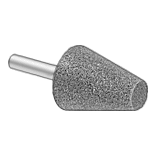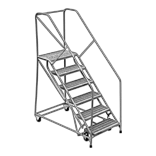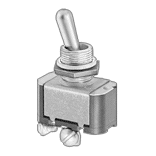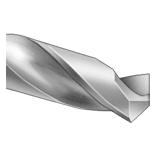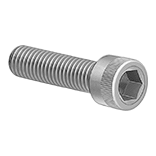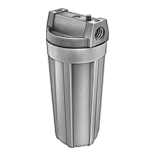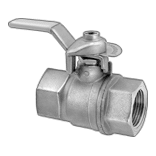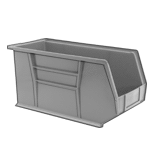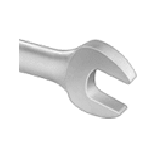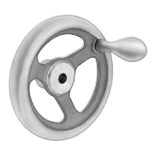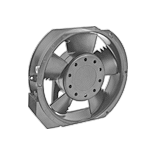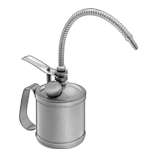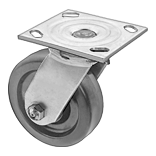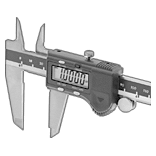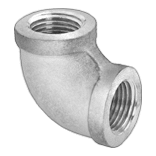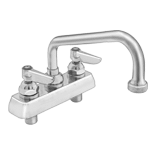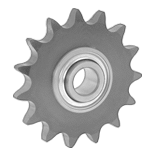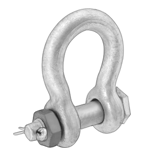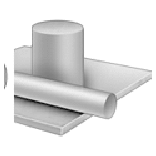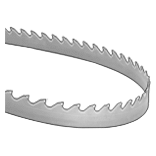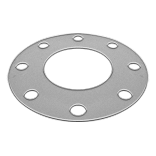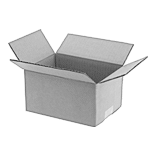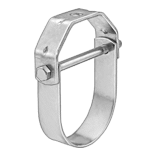Filter by
Material
DFARS Specialty Metals
Export Control Classification Number (ECCN)
Approximate Weight
Casting Metals
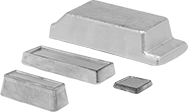
Melt and pour these alloys into molds to create metal parts and prototypes.
Bismuth and indium alloys expand slightly as they solidify, pushing into the crevices of a mold to produce detailed replicas. These alloys are useful for repairing dies, creating fusible links, and holding delicate parts for machining.
Bismuth Alloy
Material Composition | Approximate | ||||||||||
|---|---|---|---|---|---|---|---|---|---|---|---|
| Melting Temperature, °F | Bismuth | Lead | Tin | Cadmium | Thick. | Wd. | Lg. | Wt., lbs. | Each | ||
| 158° | 50% | 27% | 13% | 10% | 1/2" | 3" | __ | 1 | Hex Ingot | 0000000 | 000000 |
| 160° | 43% | 38% | 11% | 8% | 1/2" | 1 1/2" | 4 1/2" | 1 | Sheet and Bar | 0000000 | 00000 |
| 203° | 53% | 32% | 15% | __ | 3/4" | 1" | 3" | 1 | Sheet and Bar | 0000000 | 00000 |
| 255° | 56% | 44% | __ | __ | 1/2" | 3" | 3" | 1 | Sheet and Bar | 0000000 | 00000 |
| 281° | 40% | __ | 60% | __ | 1/2" | 1 1/2" | 4 1/2" | 1 | Sheet and Bar | 0000000 | 00000 |
| 281° | 58% | __ | 42% | __ | 1/2" | 1 1/2" | 5 1/2" | 1 | Sheet and Bar | 0000000 | 00000 |
